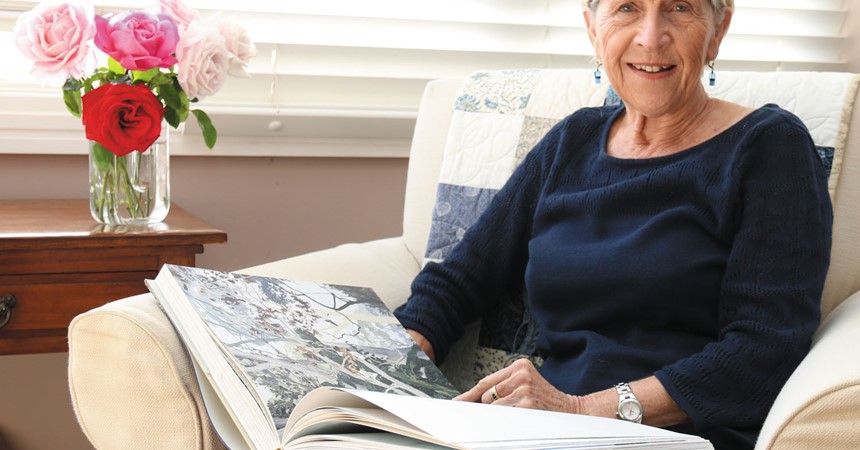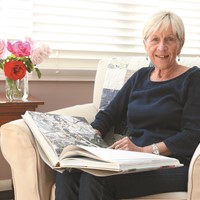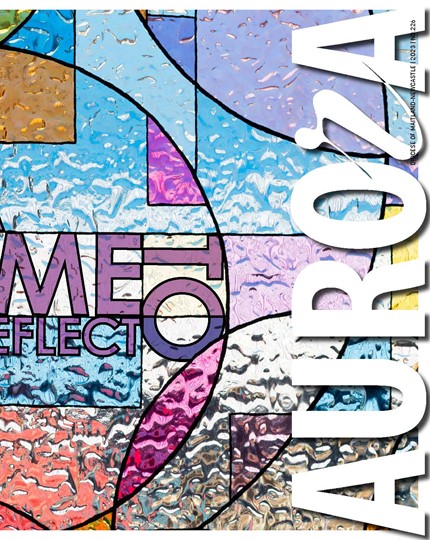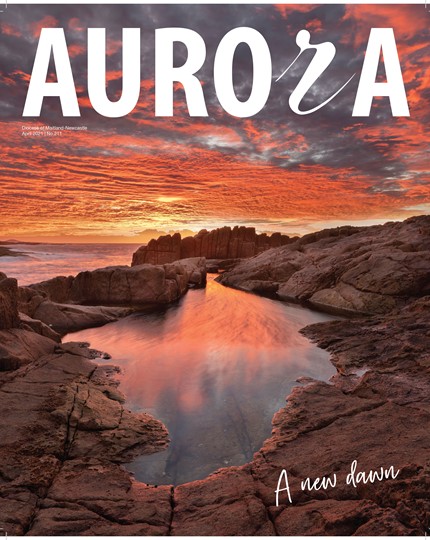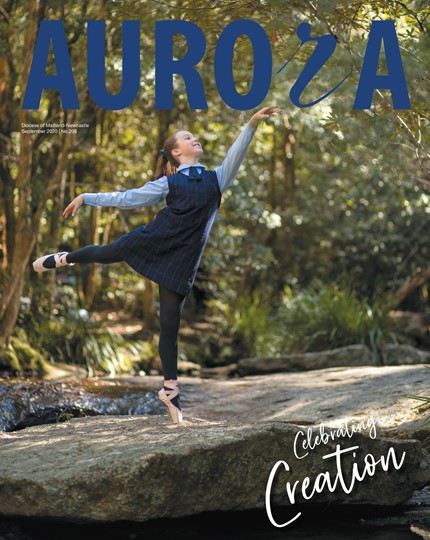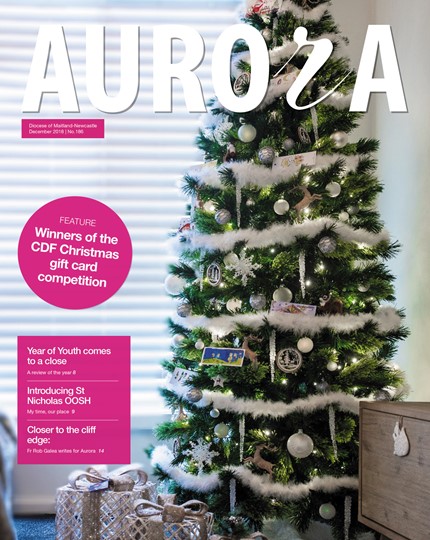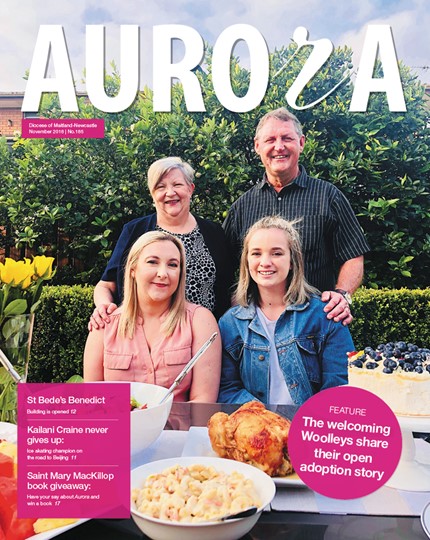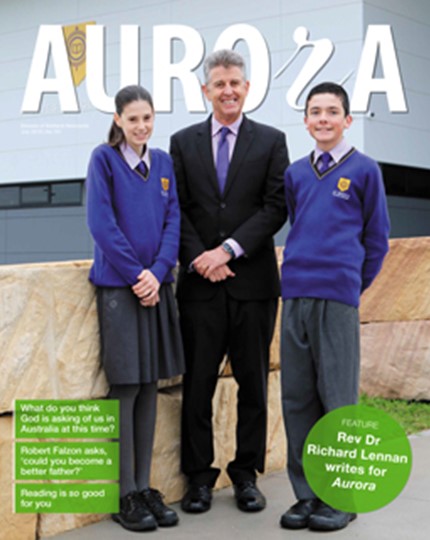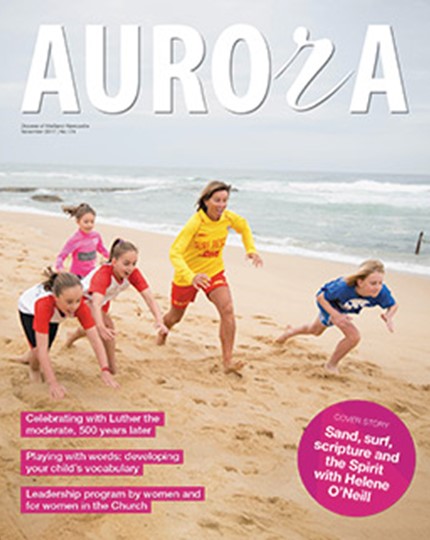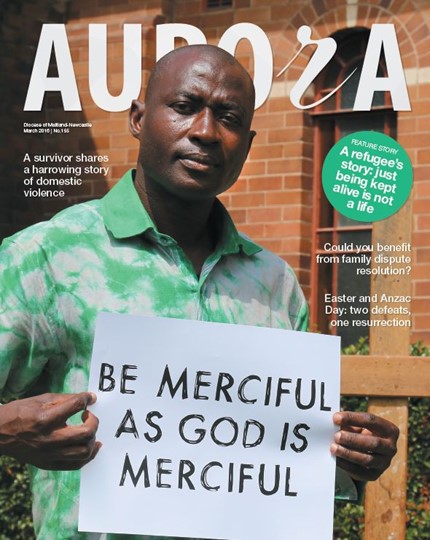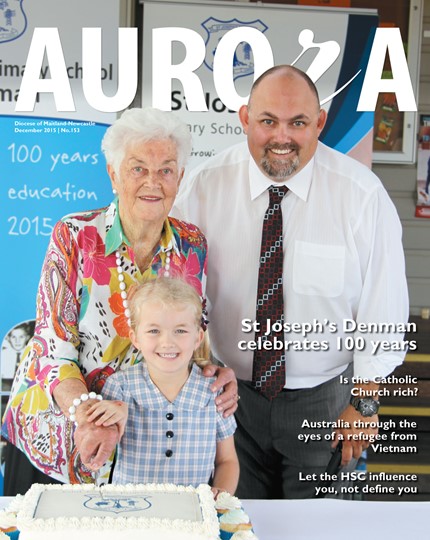“Sunday Breakfast” on ABC Radio features a segment, “The year that made me”.
No doubt it triggers the question for many listeners. I usually come up with two years − 1958 and 1969 − both highly significant and interdependent.
1958 found me, an 11-year-old from New Lambton, arriving at St Catherine’s College, Singleton. Having no knowledge of what the experience might bring, but having won a Bishop’s Bursary, I heeded my parents’ advice and took up the offer to board at this small school in a country town.
St Catherine’s, a college for girls, was run by the Sisters of Mercy, an order of nuns founded in 1831 in Dublin by Catherine McAuley, a young, educated, woman of strong character and with great vision. In 1875, ten of those Sisters sailed from Ennis in Ireland to Sydney. They then travelled to Singleton, following the wave of Irish migrants. Their impact on the Catholics of the Hunter Valley was to be profound.
Boarding schools dotted the countryside in those days. My brother had accepted a similar offer to board at St Joseph’s College in Hunters Hill, two years before me. The experience of leaving family, friends and neighbourhood is challenging, difficult and life-changing. Horizons are widened, self-image (a concept unheard of then) is examined and opportunities revealed. Very little of this experience comes without pain.
Homesickness dogged me each time I returned after school holidays. No one could imagine mobile phones and today’s technology. We looked forward eagerly to any link with home: a monthly Sunday bus trip down the valley to Newcastle and back the same day by train, a fortnightly letter from my mother, and a very occasional note from my father sustained me. To be called to the “Parlour” to receive a visitor was a rarity. The subsequent picnic in Burdekin Park was a highlight. (If there were bats then, I did not notice them!)
The rigid timetable of the school and my eagerness to fit in soon found me absorbed by the routine:
Morning bell: 6.30am
Daily Mass: 7.00am
Daily Charge: (a domestic chore allotted to each girl)
Breakfast: 8.00am
School day begins: 9.00am
After School Sport: 4.00pm
Study: 5.00-7.00pm
Dinner: 7.00pm
Study for Seniors: 8.00-9.30pm
Upstairs to dormitories, in silence, showers, lights out: 10.00pm
(The silence continued until after Mass the next morning.)
A simple life, but with hindsight, a rich one.
How could that be?
Consider:
Our lives were organised and supervised by the Sisters of Mercy, a society of strong women who ran the Convent (the Mother House for the Order), the school, the farm, the Mater Hospital, Monte Pio Orphanage and a network of primary and secondary schools throughout the Diocese of Maitland. They were the administrators, the teachers, the nurses, the farmhands, the cooks, the cleaners − the earliest and probably the greatest role models of independent women we were likely to encounter for a long time.
The silence: this nightly requirement was more difficult for some than for others. You learned to love it. It became an opportunity for reflection, it was an exercise in self-control, and what’s more, there was the shame of failure should you be called to account at breakfast!
The discipline was strict. The cane was used. (This was the ‘50s and early ‘60s.)
The nuns were devoted teachers. Their personalities came through in their teaching. Some we loved, others we feared. Some were brilliant, others less so.
The single most significant aspect for me was the exposure to a wealth of cultural experiences. Our world was immersed in music. Blessed with highly talented musicians as teachers, the standard of music during our time was superb. The singing by the nuns in their chapel was uplifting. The beauty of the chapel was breathtaking.
Choral singing was encouraged in the students. We sang our way through Masses, Benedictions, Novenas. We were surrounded by music students who practised in the many studios housed around the school. Our choirs practised regularly. We enjoyed “Verse Speaking” taught by Mother Augustine. Our repertoire of poems grew:
“The morning star paled slowly, the cross hung low to the sea…”
“That is rain, Rain on dry ground! We heard it!
Heard the first spatter of drops, outriders, larruping up the road!”…
Tarantella: “Do you remember an inn, Miranda? Do you remember an inn?”
Our daily walk to Mass, across the gravel through the gardens, took us past jacarandas, wisteria, clivias, roses, pansies, a grotto, a fernery: an oasis of beauty and calm.
My love of learning grew from the brilliant teaching, in particular of the Biology, Latin, French and English teachers. My enjoyment of the Leaving Certificate texts, Fire on the Snow, Australia Felix, Selected English Essays by Hazlitt, Bacon, Lamb, stays with me still.
My success in and love of Biology led me to study Horticulture at TAFE and fed my passion for gardening. My occupation as a librarian had its beginnings in this exposure to learning.
The landscape − the wide horizons, the brilliant country sunsets while we promenaded in the evening as we said the rosary; extreme heat, extreme cold –these were not noticed or seen in temperate, industrial Newcastle.
The students from all over the valley, from the northwest of the state, daughters of local farmers, daughters of European post-war immigrants, refugees from Hungary, visiting girls from “mission schools” in Papua New Guinea − these girls became my peer group, my companions for five years and some, for the rest of my life.
And my second “Year that made me”… In our final months we were addressed by a former pupil who spoke of her travel in Europe and shared her “slides”! I remember thinking, “If she can do it, why can’t I?” So, after university at Newcastle, and having started my career in librarianship, 1969 saw me and a friend from St Cath’s board the “Fairstar” in Sydney and set sail for England and all that followed…
Last weekend, having maintained contact and friendship for 60 years, five girls from St Cath’s gathered with other life-long friends, to celebrate our 70th birthdays.
Of course we reflected on how it came about…shared lives, shared dreams, shared tears and shared values – all arising from a small school in a country town!
